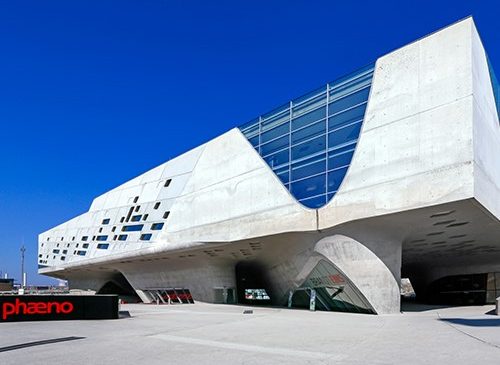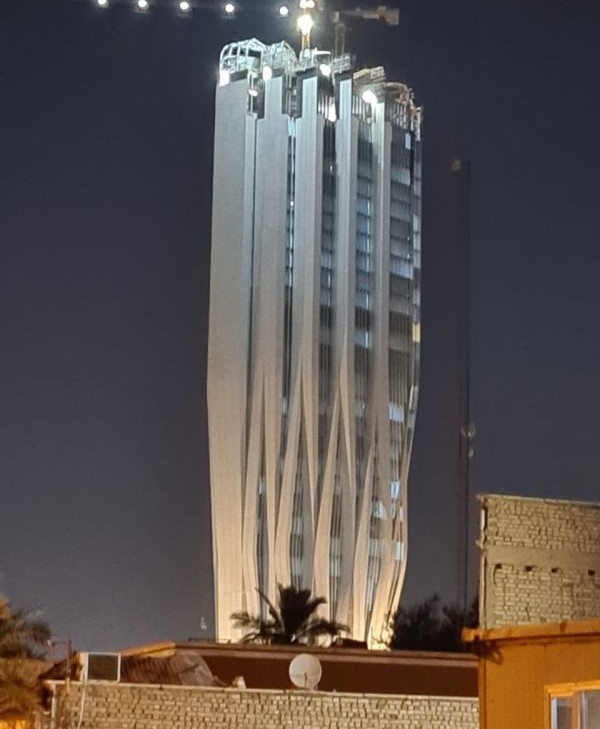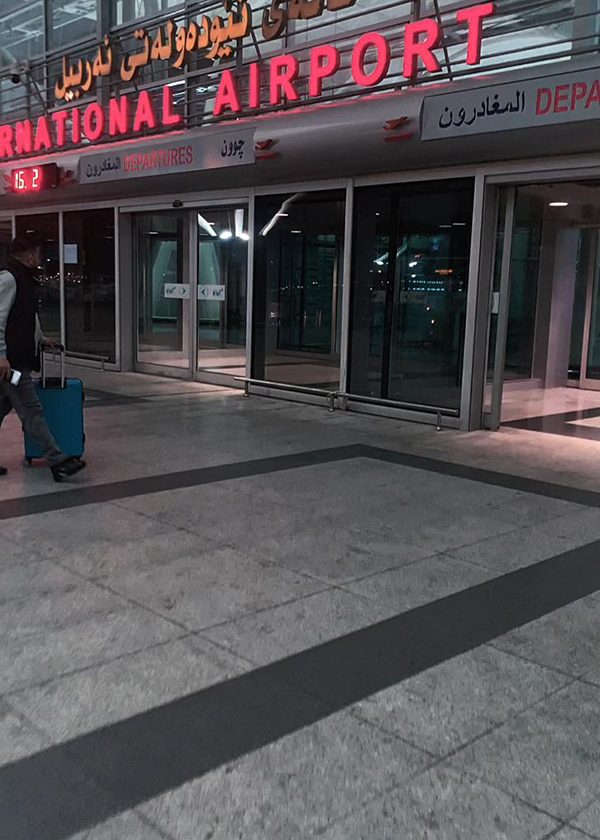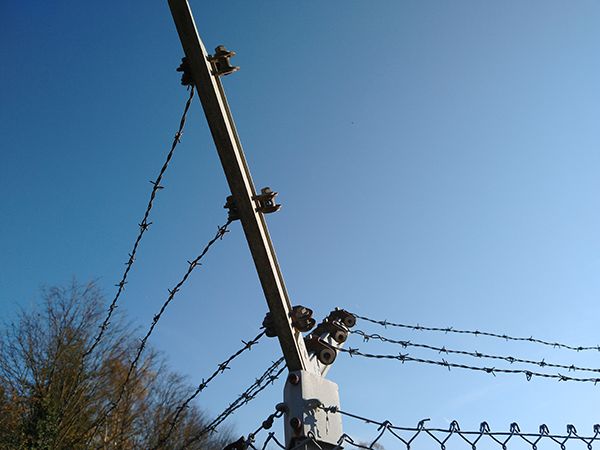By Sameer Ibrahim
Zaha Hadid (1950–2016), an Iraqi architect with British revolutionized the world of architecture and has left a visible mark in many cities around the world. She grew up in Baghdad in a wealthy family. Her father, Muhammad Hadid, was a prominent politician and former finance minister of Iraq. Even as a child she redesigned her own children’s room, which was used by a carpenter as a model for many other children’s rooms in Baghdad. At the age of eleven she wanted to become an architect.
Zaha Hadid is known for her futuristic and unmistakable style. In an interview, she commented on her philosophy: “In order to make the next leap in art, you either have to do more or interpret things differently. You have to rethink and reinvent everything.”

Her innovative ideas led to her winning many competitions and tenders, but the buildings were not built. Because the responsible builders found her plans too bold and not at all structurally feasible. This was perhaps also due to the fact that Hadid rejected the prevalence of right angles and preferred particularly flowing forms.
Her first realized project was the fire station at Vitra-Werke in Weil am Rein, which was later converted into a museum. In Germany, her largest projects were also the BMW plant in Leipzig and the Phaeno Science Museum in Wolfsburg. She has also created internationally masterpieces such as the Heydar Aliyev Center in Baku, Azerbaijan, and the Dongdaemun Design Plaza, an urban center in Seoul, South Korea.
In 2004, Zaha Hadid was awarded the most important architecture prize, the Pritzker Prize. The citation reads: “Each new project is bolder than the last and the the previous one and the sources of her originality seem endless.” Some see her works as the modern equivalent of the Hanging Gardens of Babylon, one of the Seven Wonders of the Ancient World.
Six buildings by Zaha Hadid are presented here: 6 Zaha-Hadid-Bauwerke, die jede:r kennen sollte! | AD Magazin (ad-magazin.de)
tun23083004
Das 172 m hohe Gebäude der irakischen Zentralbank im Zentrum Bagdads am Ufer des Tigris gelegen wird in Bagdad „Zaha Hadid Tower“ genannt: Sie hat Bauwerk 2012 entworfen, das gerade fertiggestellt wird. Foto: tünews INTERNATIONAL / Ahmed Mohammed.
002204
002207




